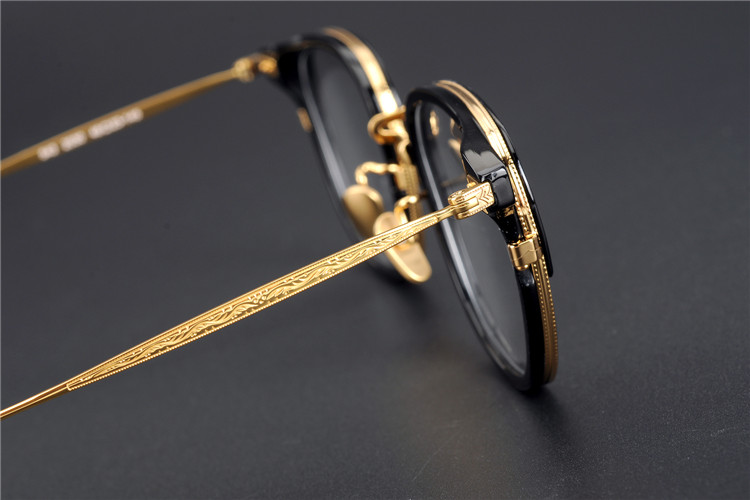
Currently, pure titanium, Ti-Ni alloy, and β-titanium alloy are used to make eyeglasses frames. These alloys are preferred by consumers because to their benefits of corrosion resistance, low weight, super flexibility, and lack of discoloration.
After overcoming titanium processing challenges, Japan Optical Industries, Inc. sold the world’s first titanium eyeglasses frames in 1981 under the designations “TitexA” and “TitexB” . They solved the difficulties of die breakage during drawing and stamping, as well as the surface quality of machined surfaces.
The Japan Optical Industries concentrated on solving the problems of abrasives, polishing rollers, processing machines, and processing conditions. They overcame the largest barrier to brazing due to new titanium solder that they have developed.
Ion plating is the surface treatment for titanium since wet electroplating it presents several challenges. Nitride can produce a golden tint, and chromium nitride can provide a silvery-white color. These nitrides are also extremely hard materials that provide the surface considerable wear resistance.
The weight of TitexA sample is about 16g. TitexB’s core substance is titanium, and the surface is coated with corrosion-resistant metal material. The weight of the TitexB sample is around 17g, which is approximately 30% less than the prior material.
Type
- Pure titanium frames: Except for the fasteners and plastic components, the whole metal frame is made of titanium.
- Nickel-coated titanium frames:The frame line is titanium, and the surface is a nickel-coated substance. However, this kind of eyeglasses frame has no long existed.Previously, when the angle of nickel-clad titanium frames were flattened, the frame lines were not as evenly distributed as those produced by the manufacturer.The nickel- and Ti-coated layer separates after usage and cannot be rewelded.
- Titanium assembled frames: Due to the expensive cost of producing nickel-clad titanium and the necessity to upgrade the equipment, titanium assembled frames were born before the upgrade. However, this frame is risky. Because each metal has a different melting point, it is very fragile to put them together.
- Nickel-plated titanium frames: Some firms have manufactured titanium plated with nickel metal to lower costs and make production more efficient. Traditional welding processes can handle this.